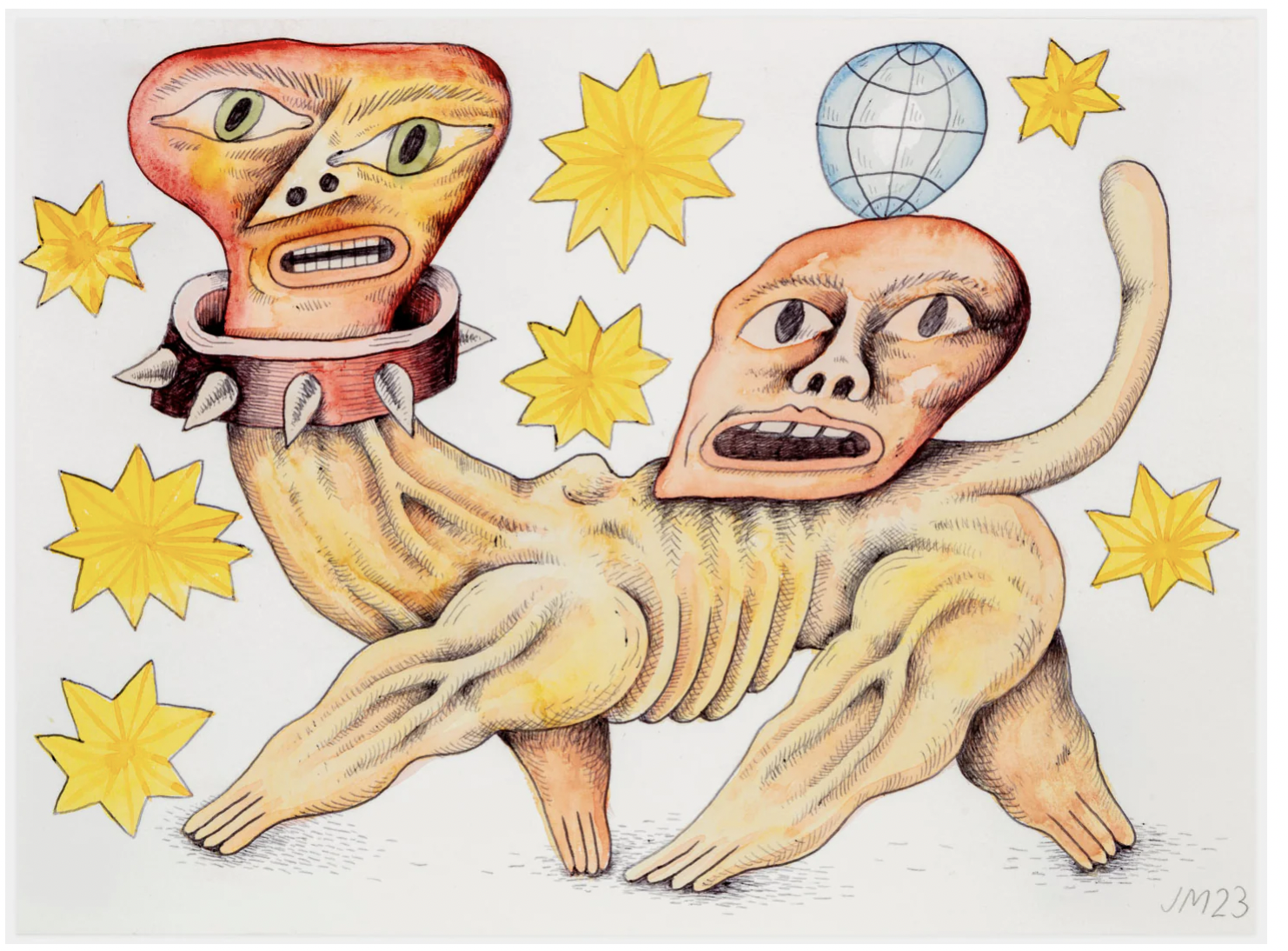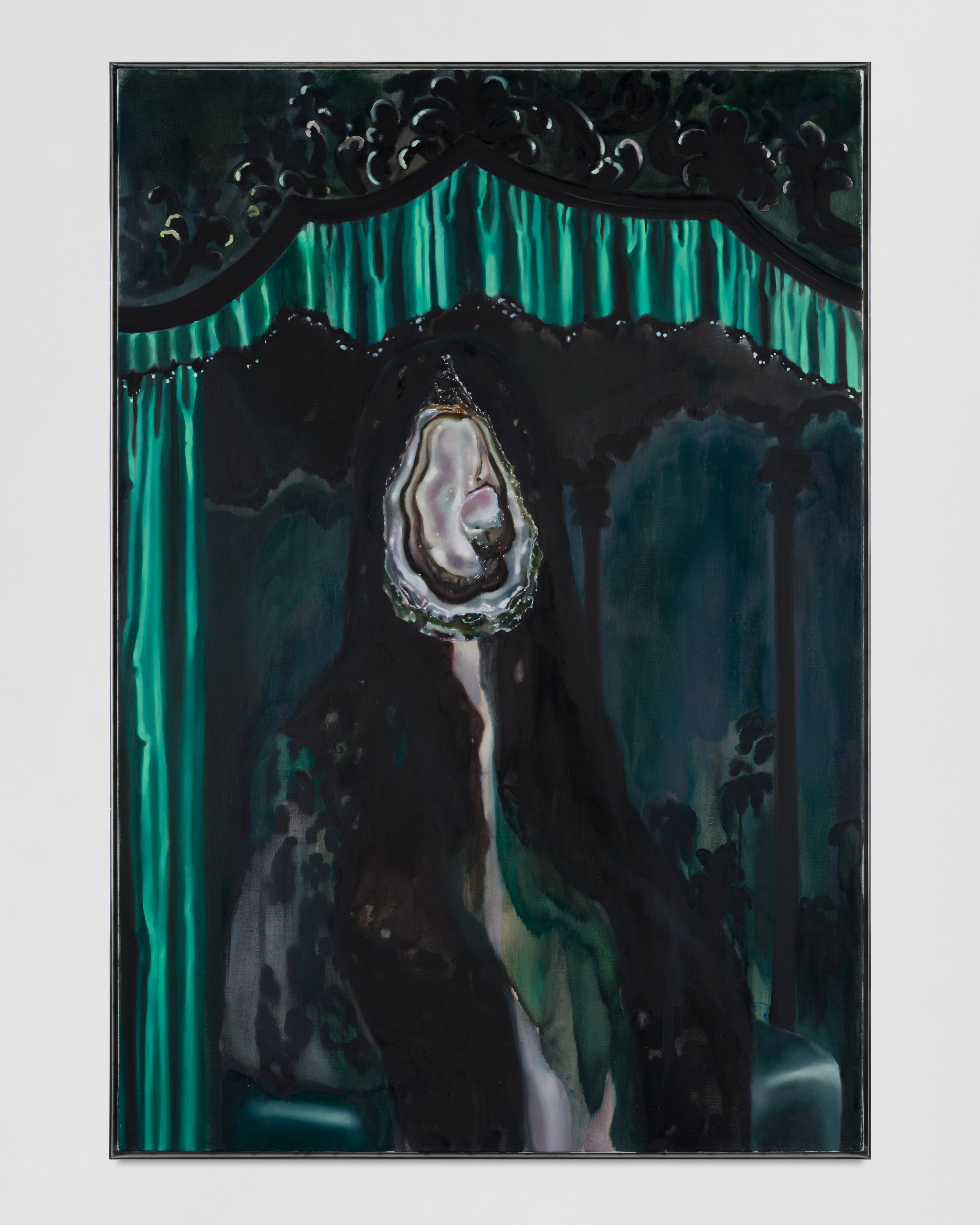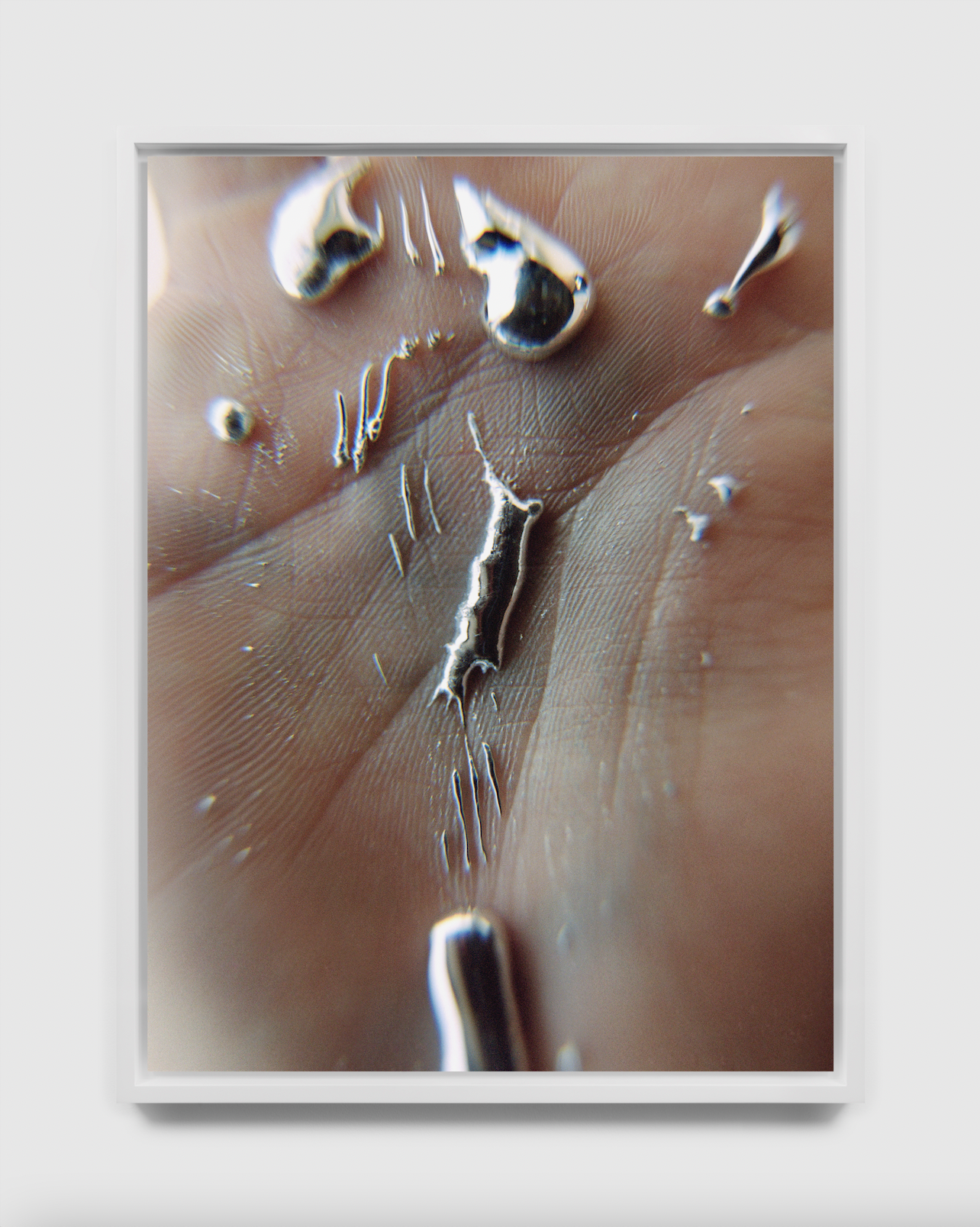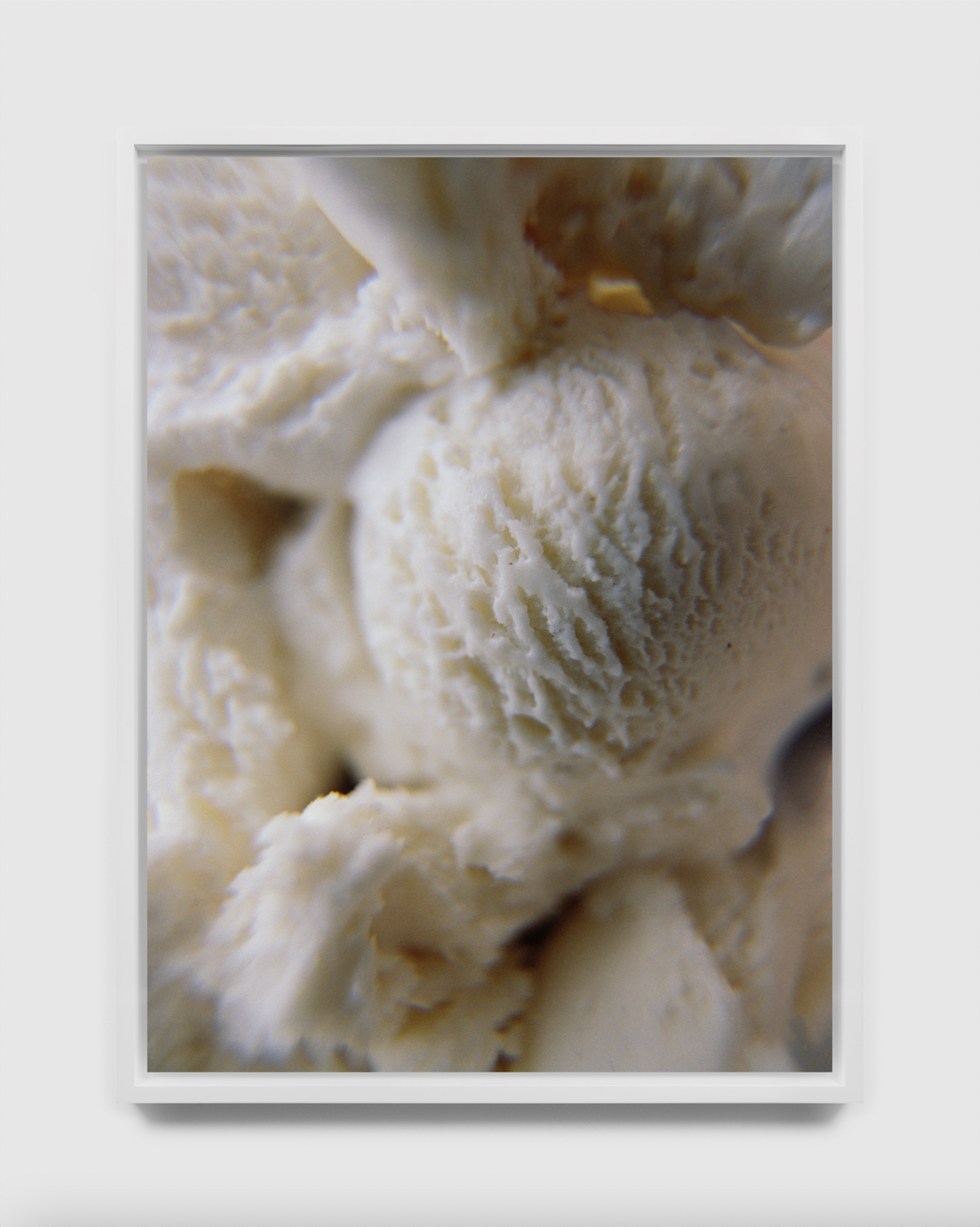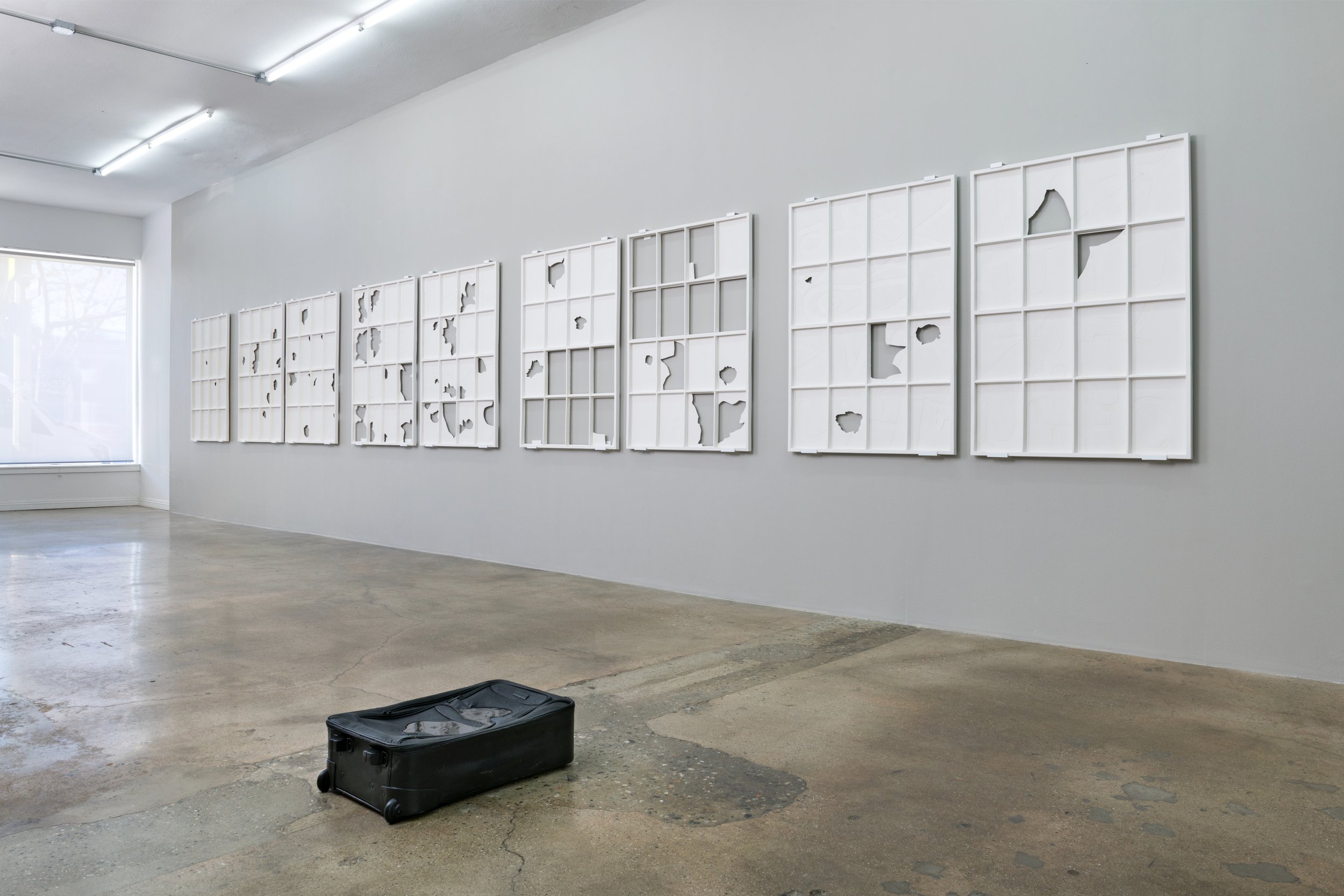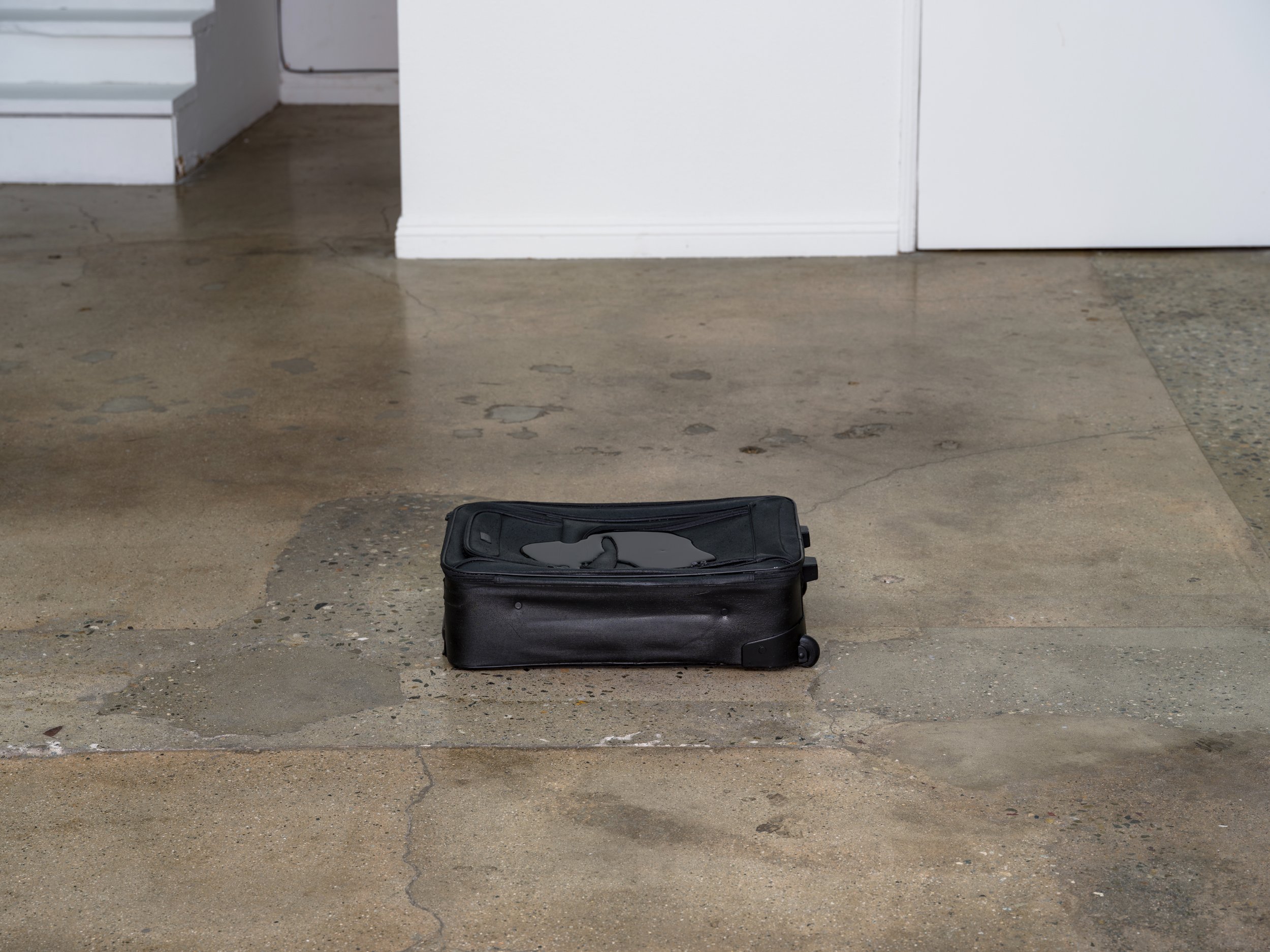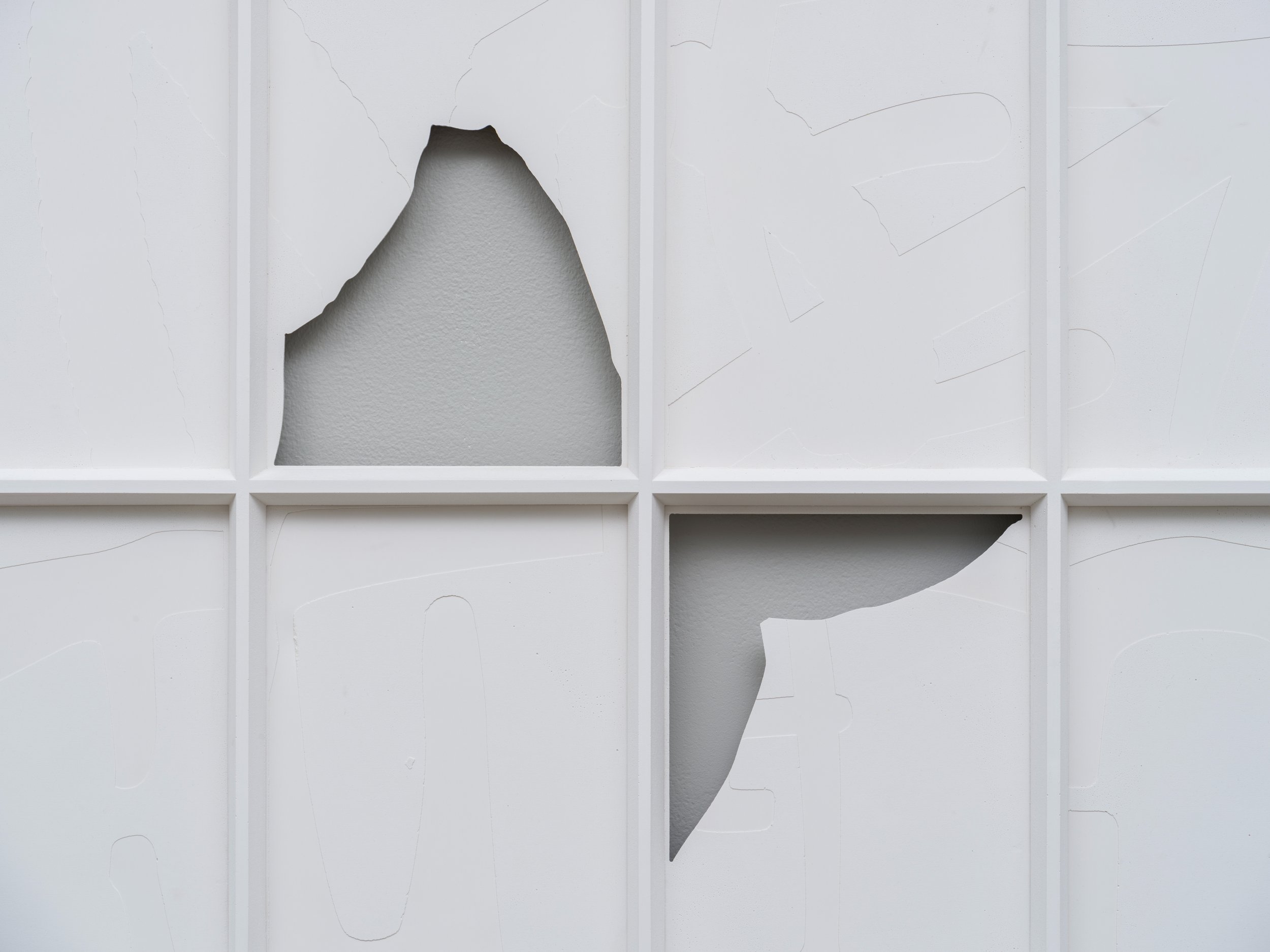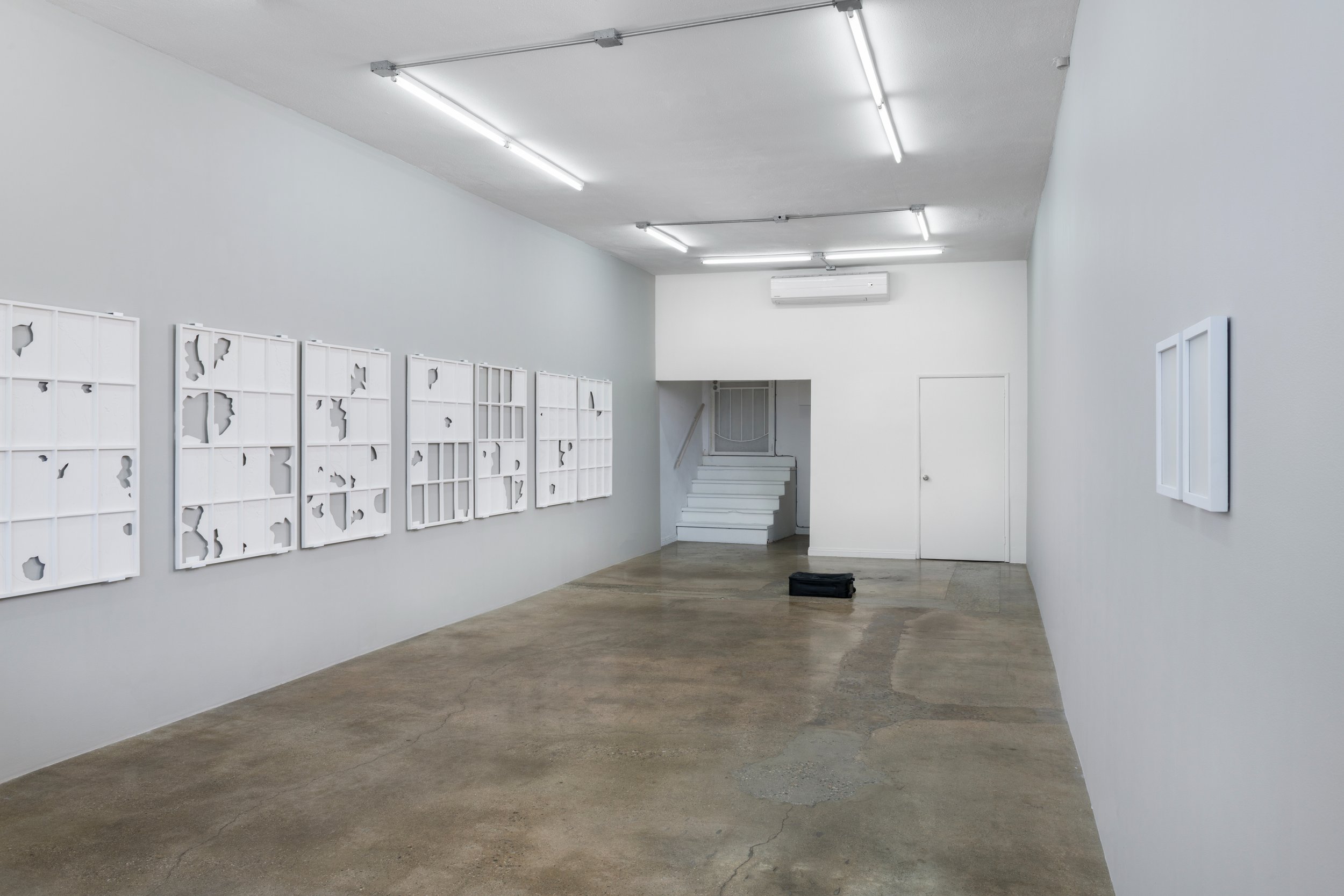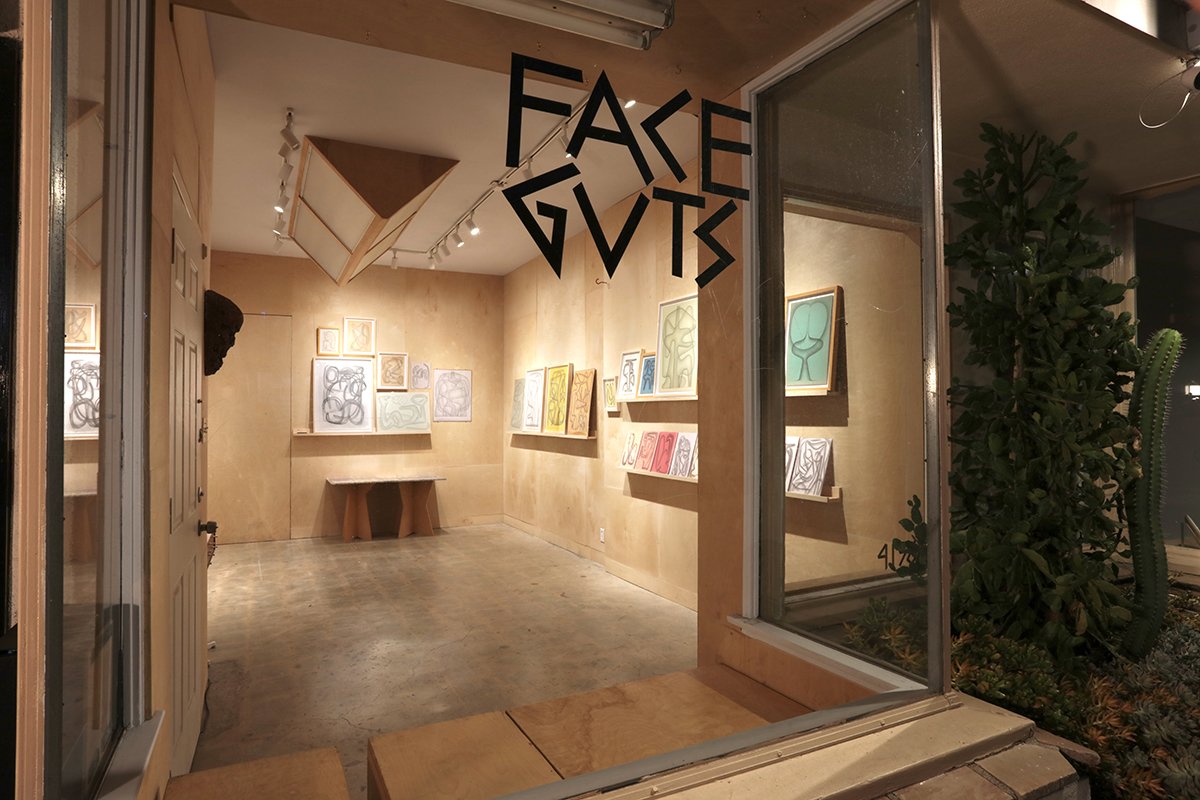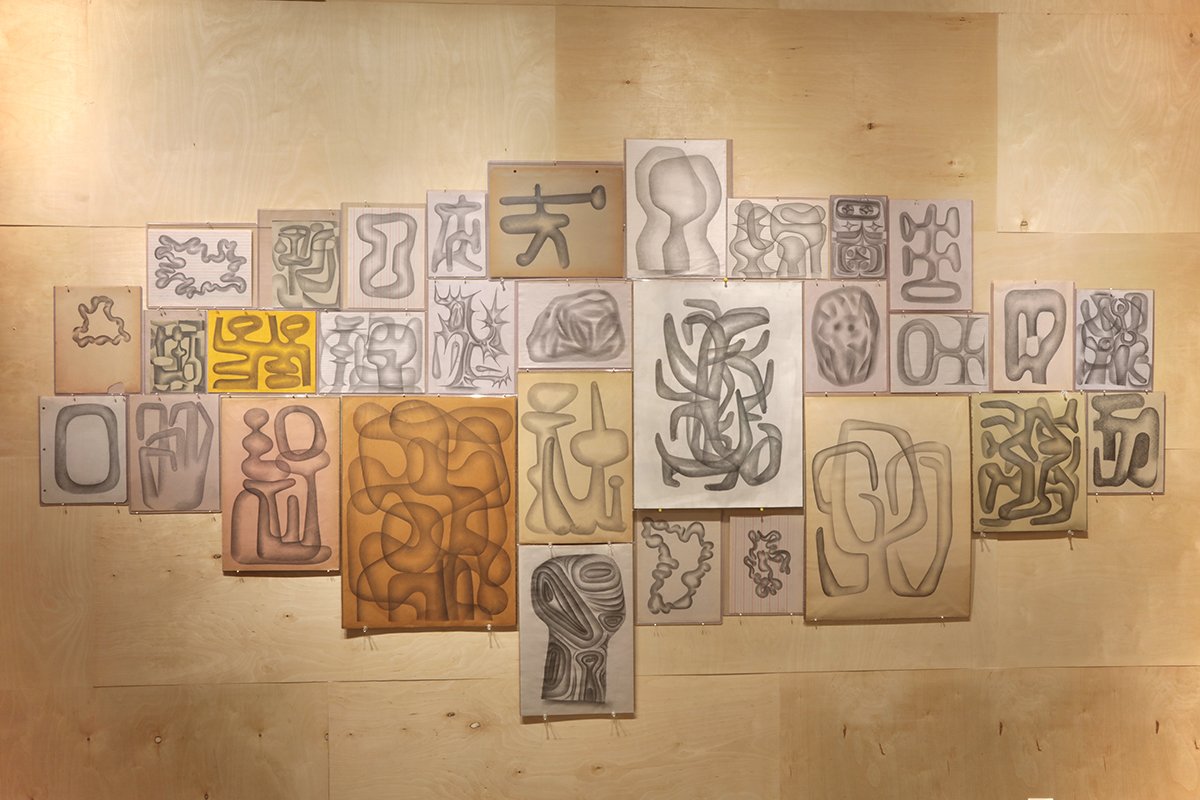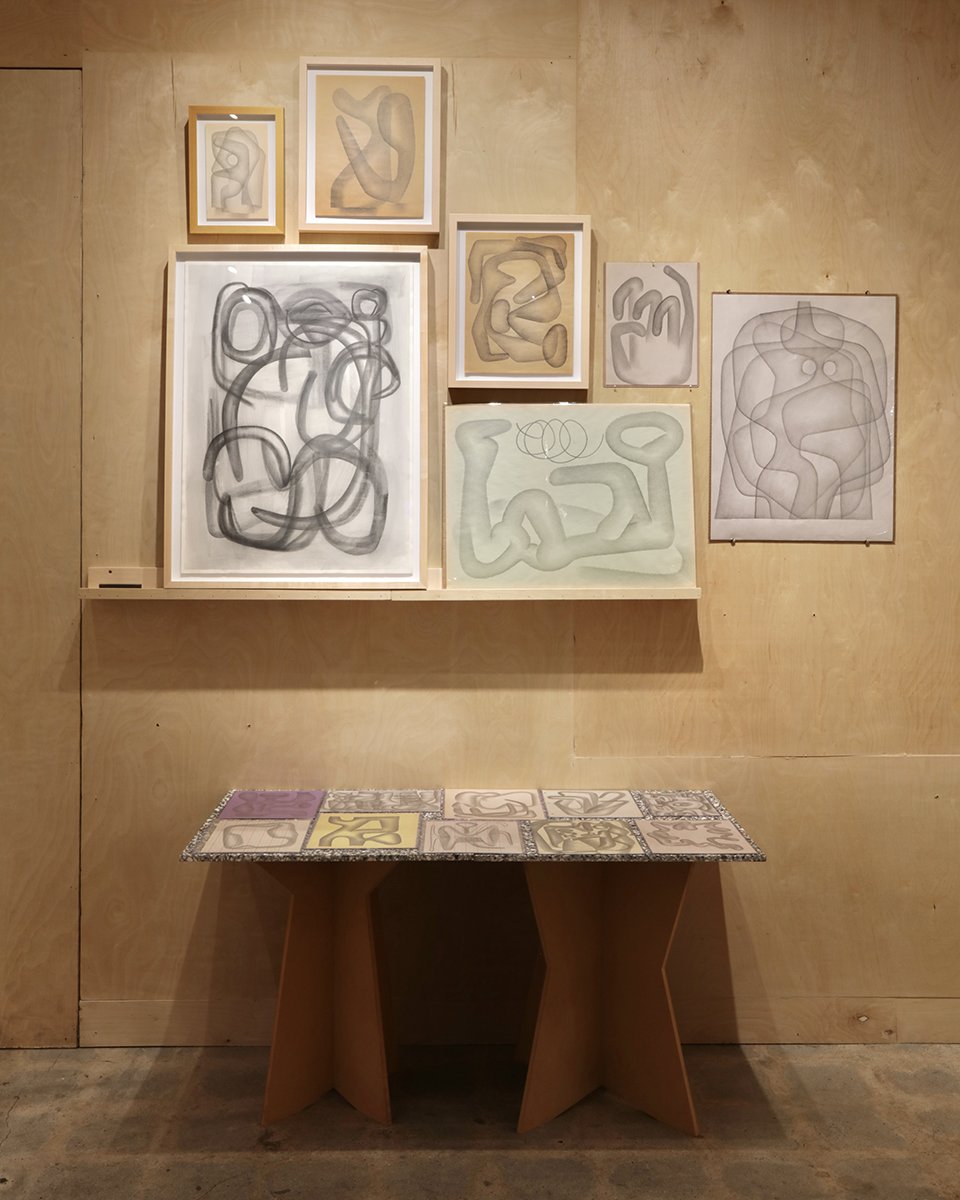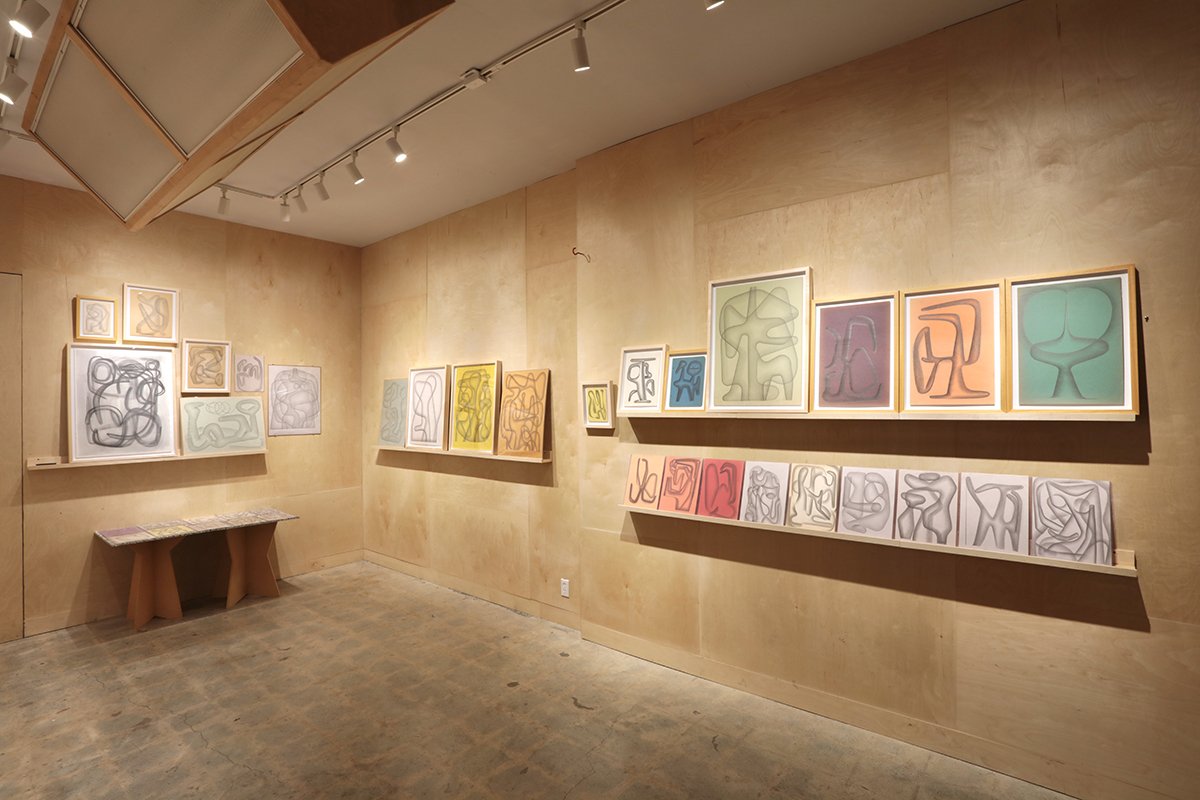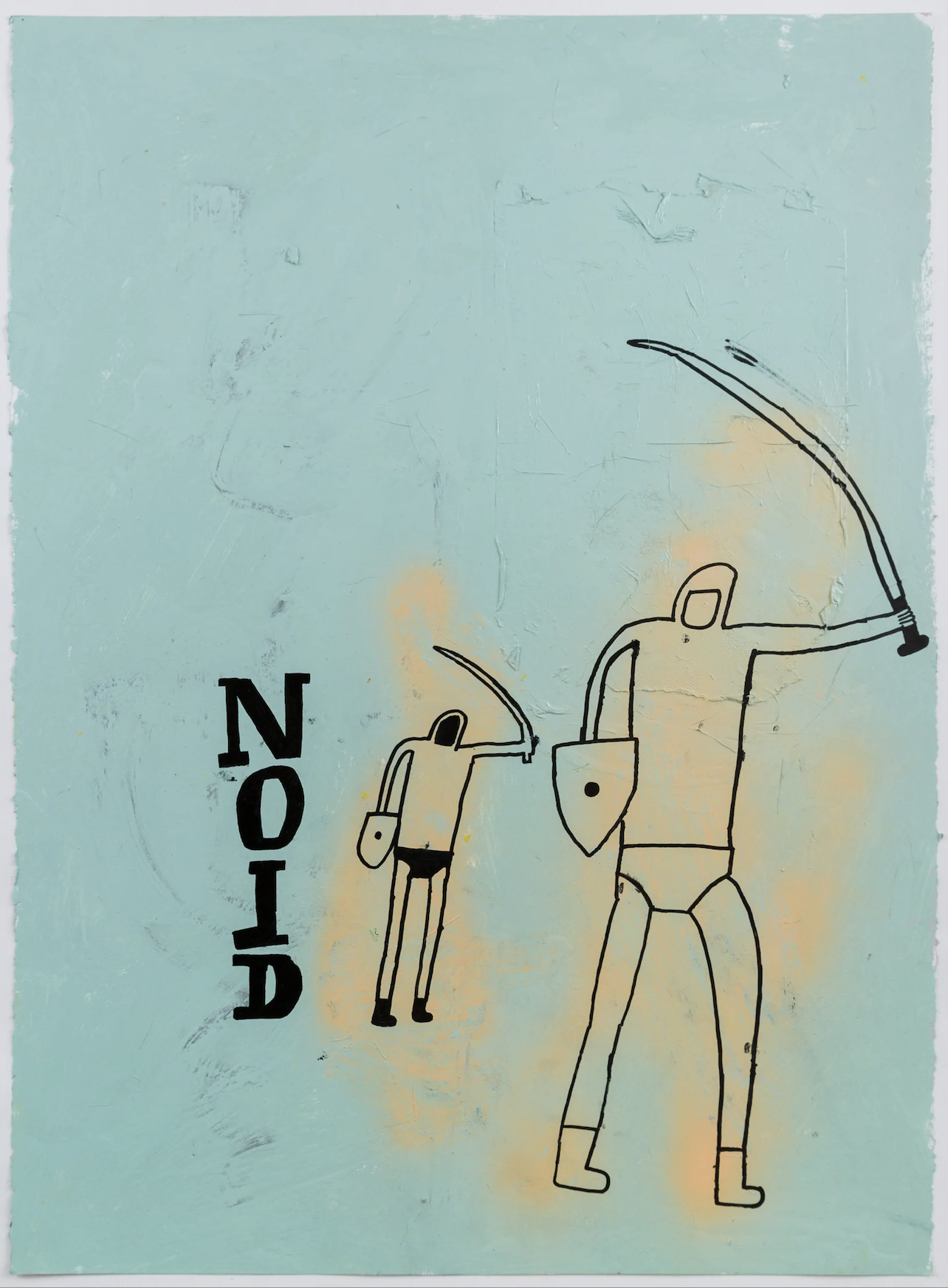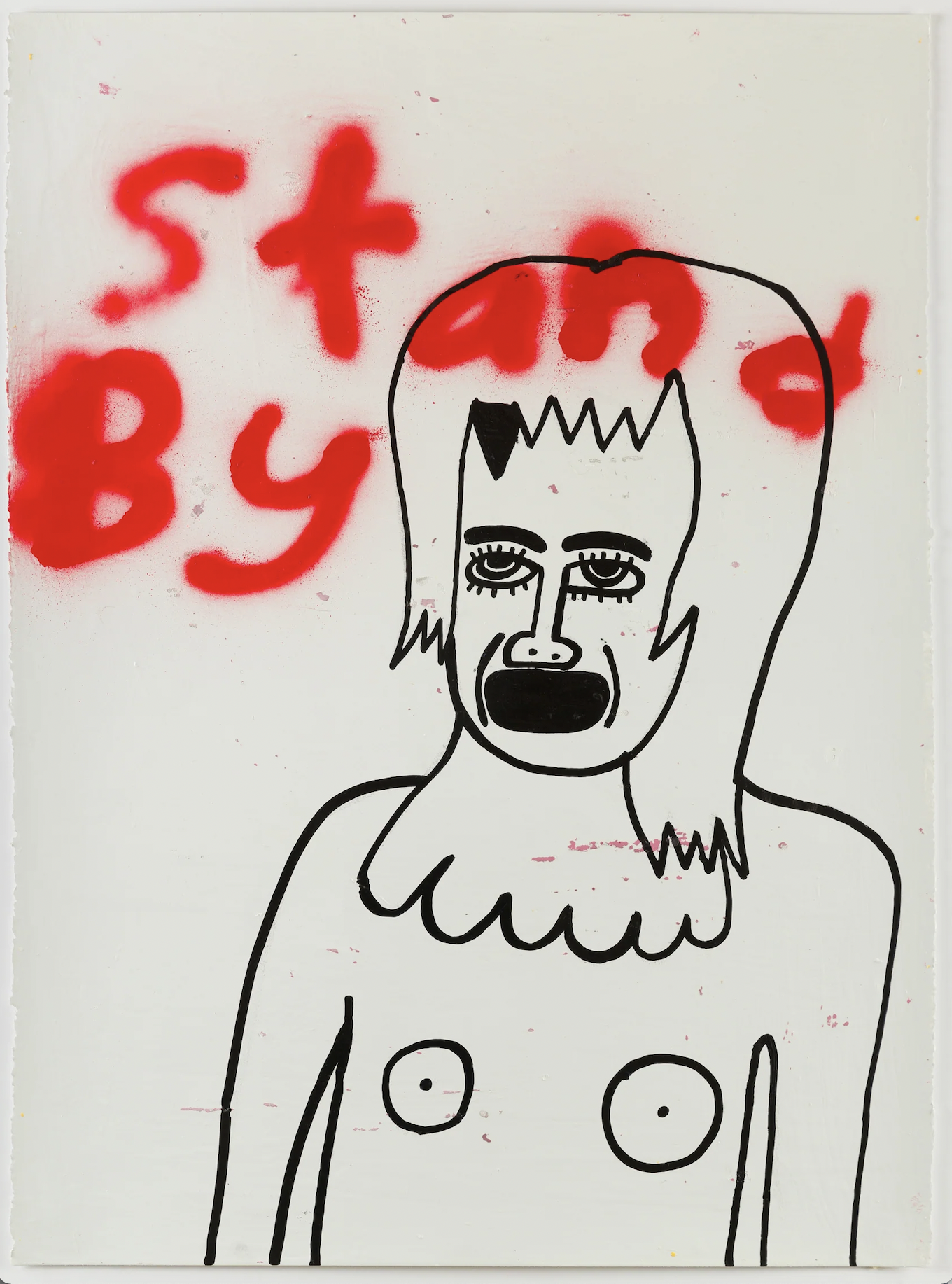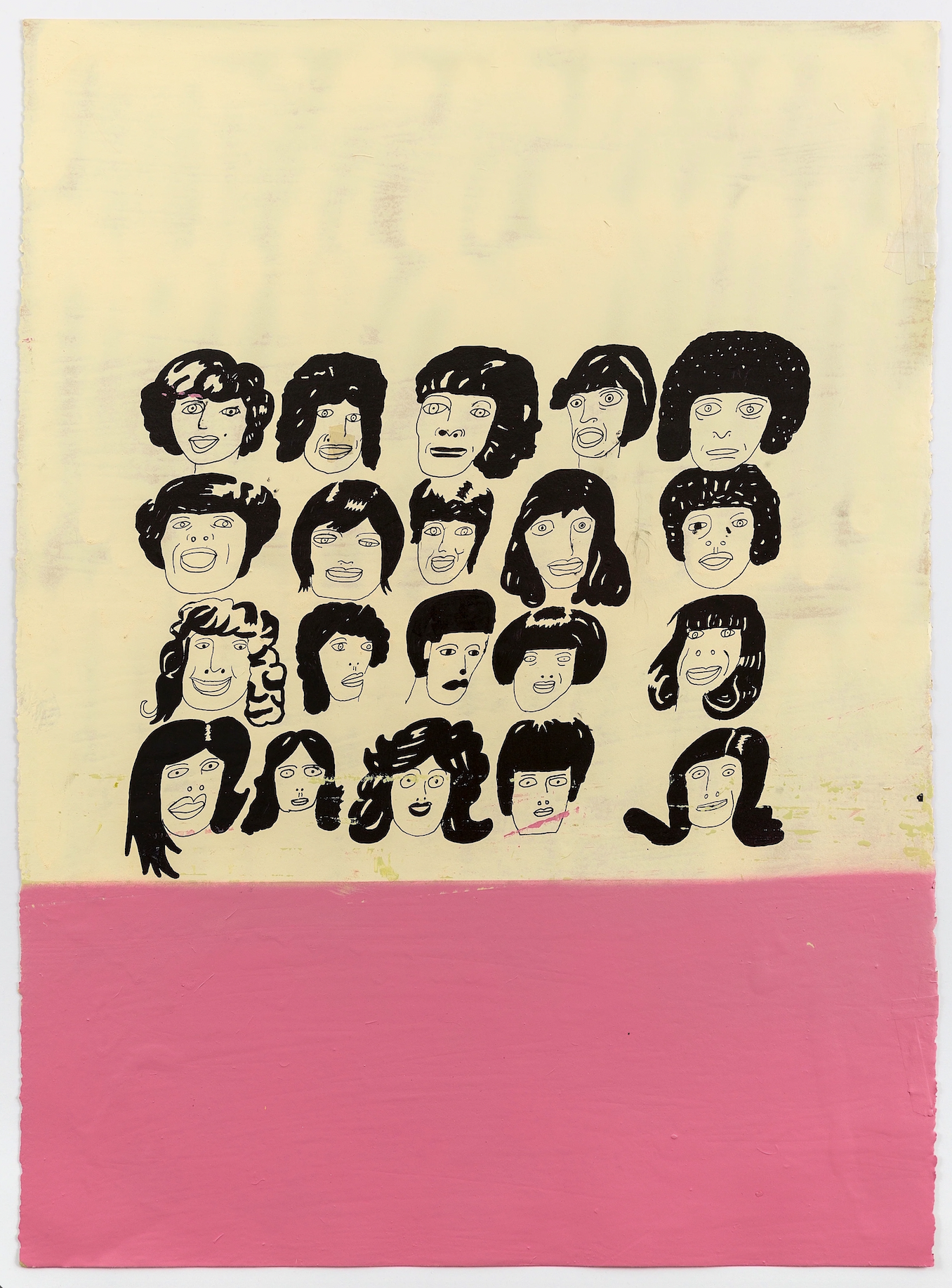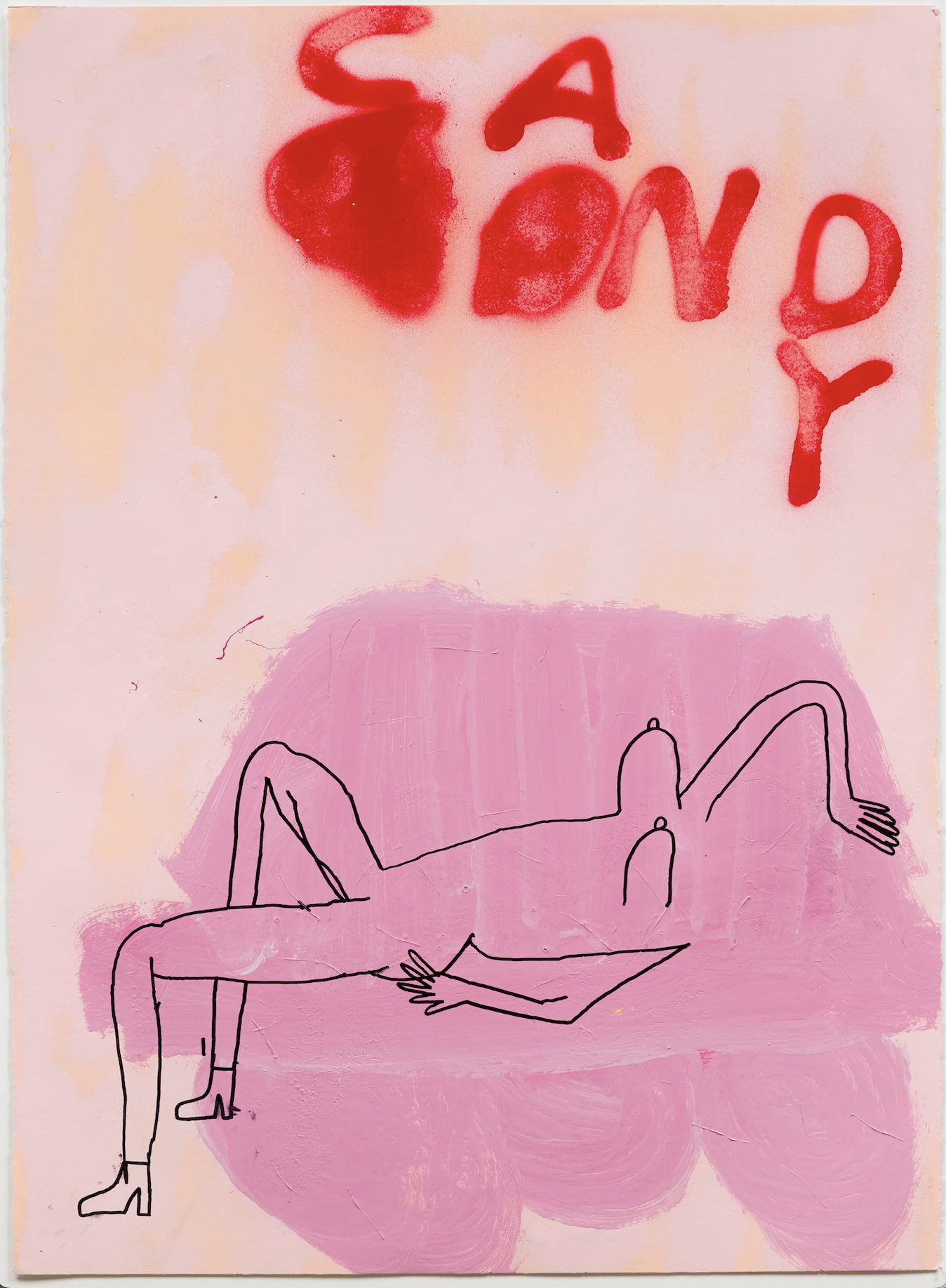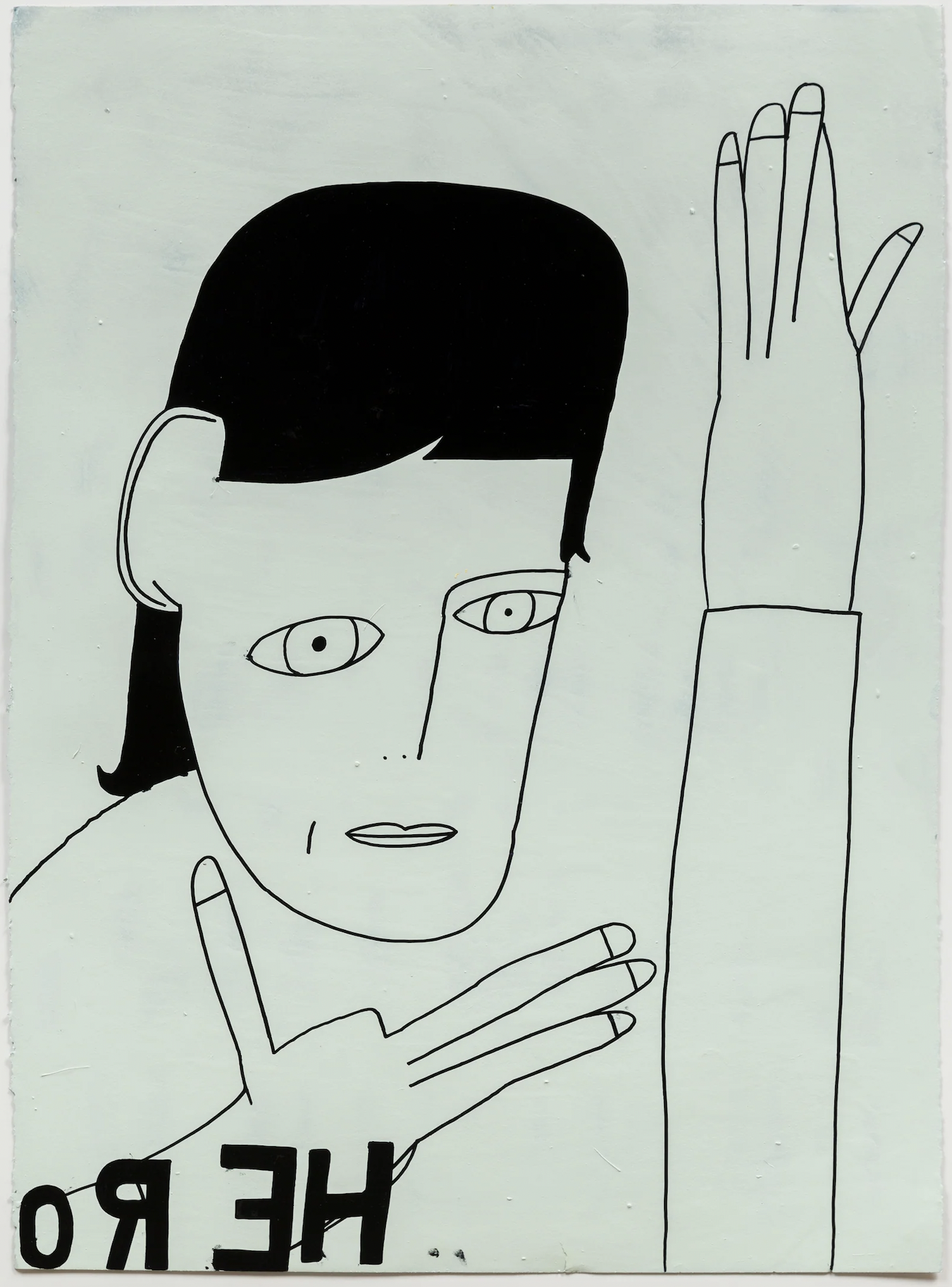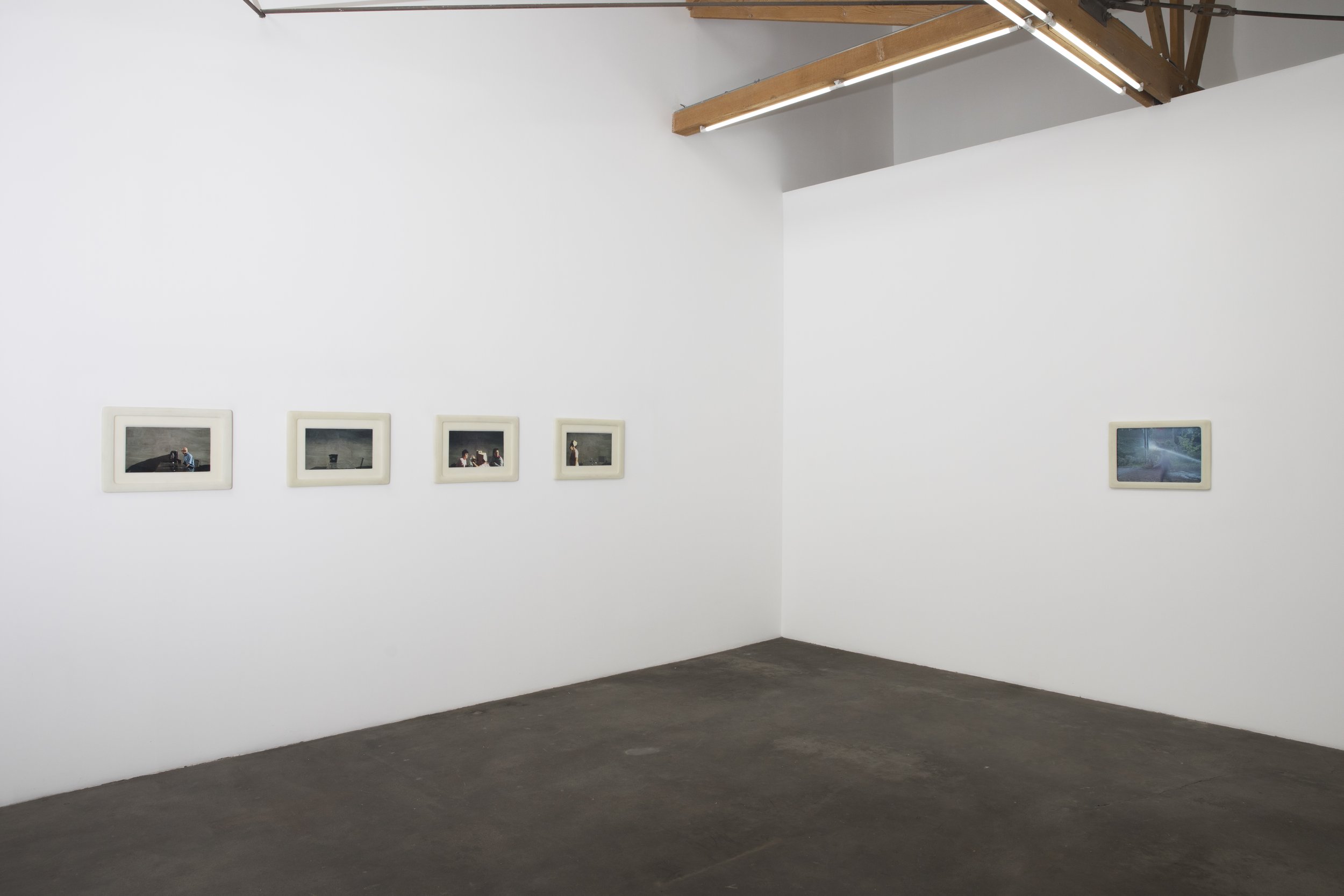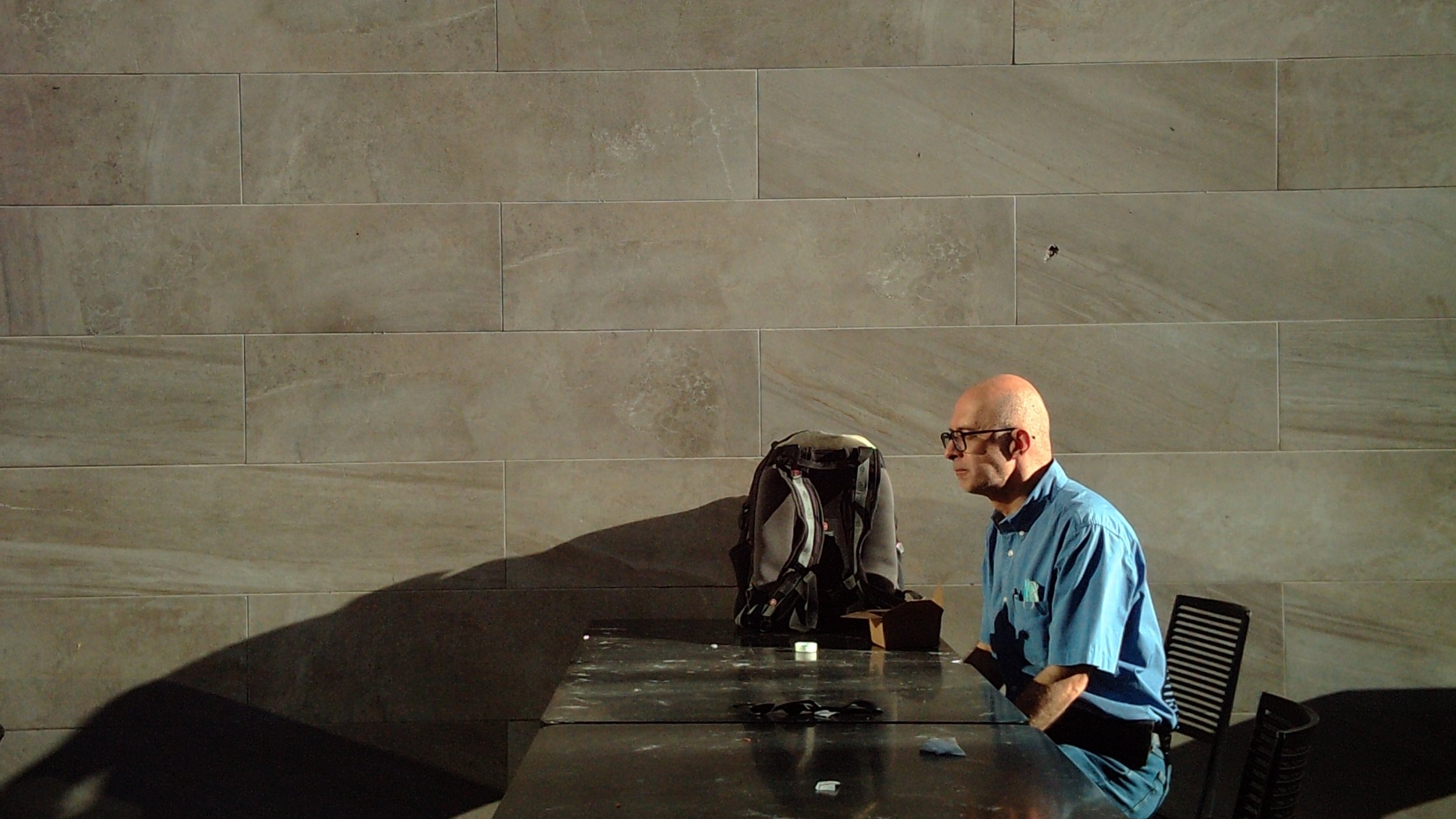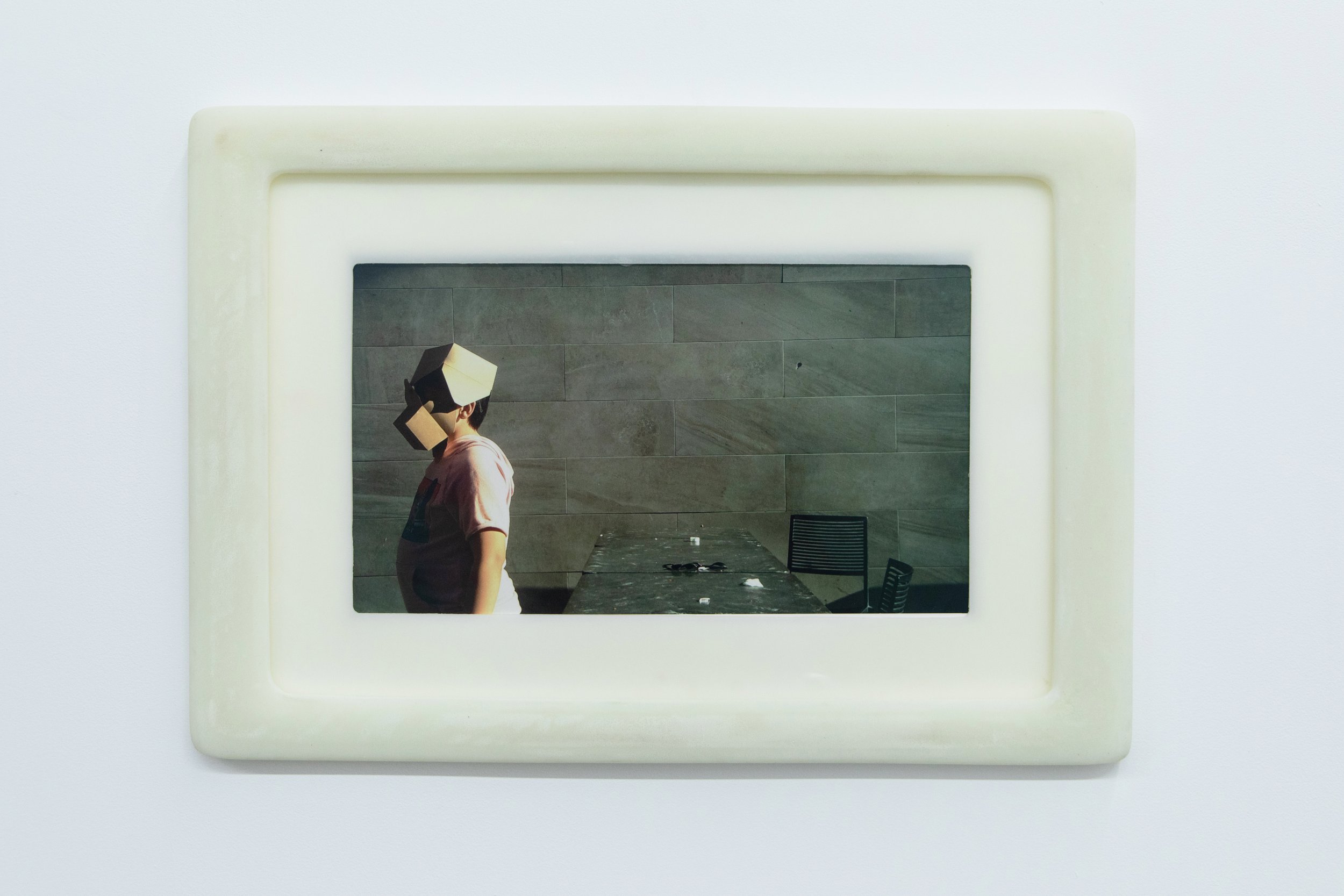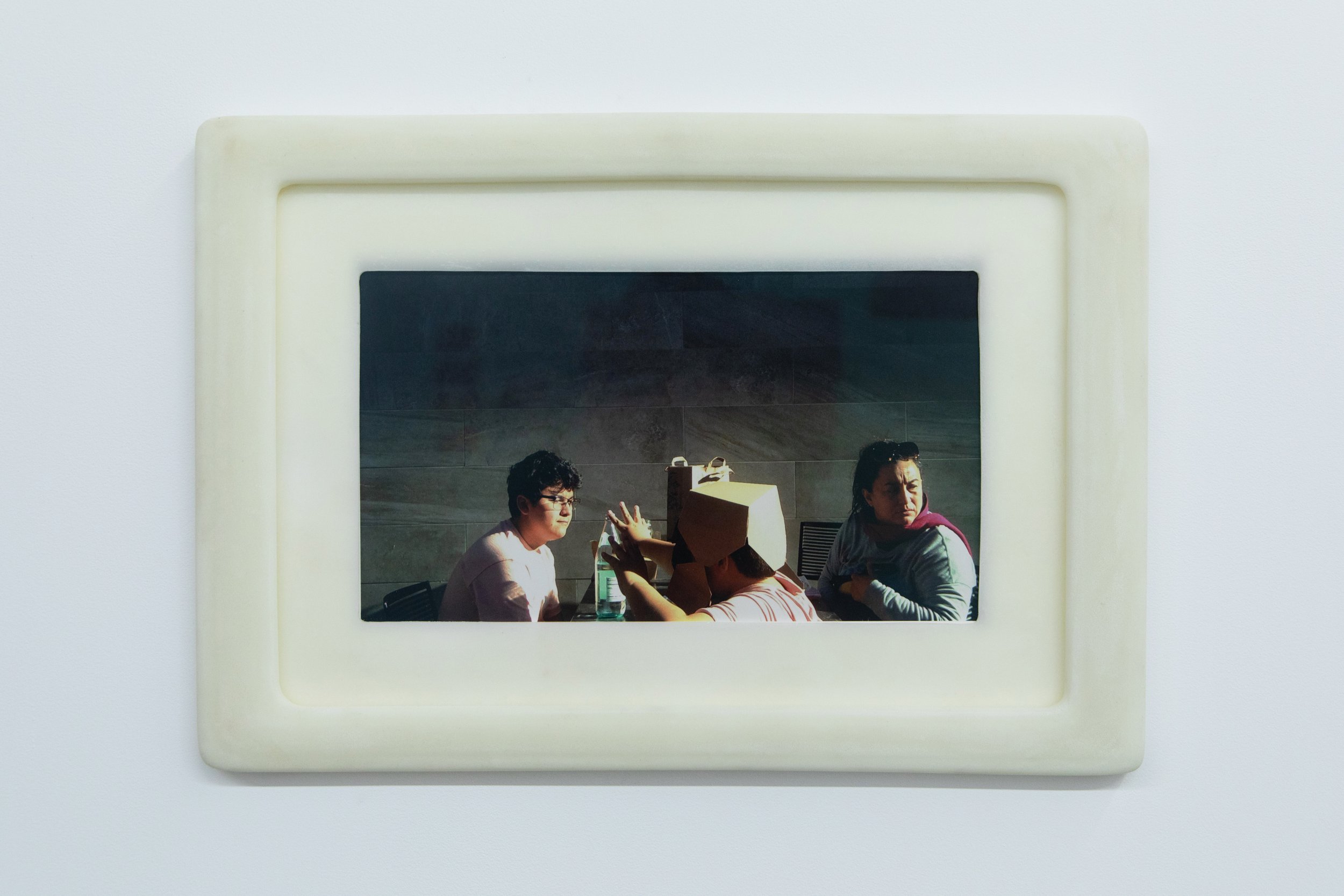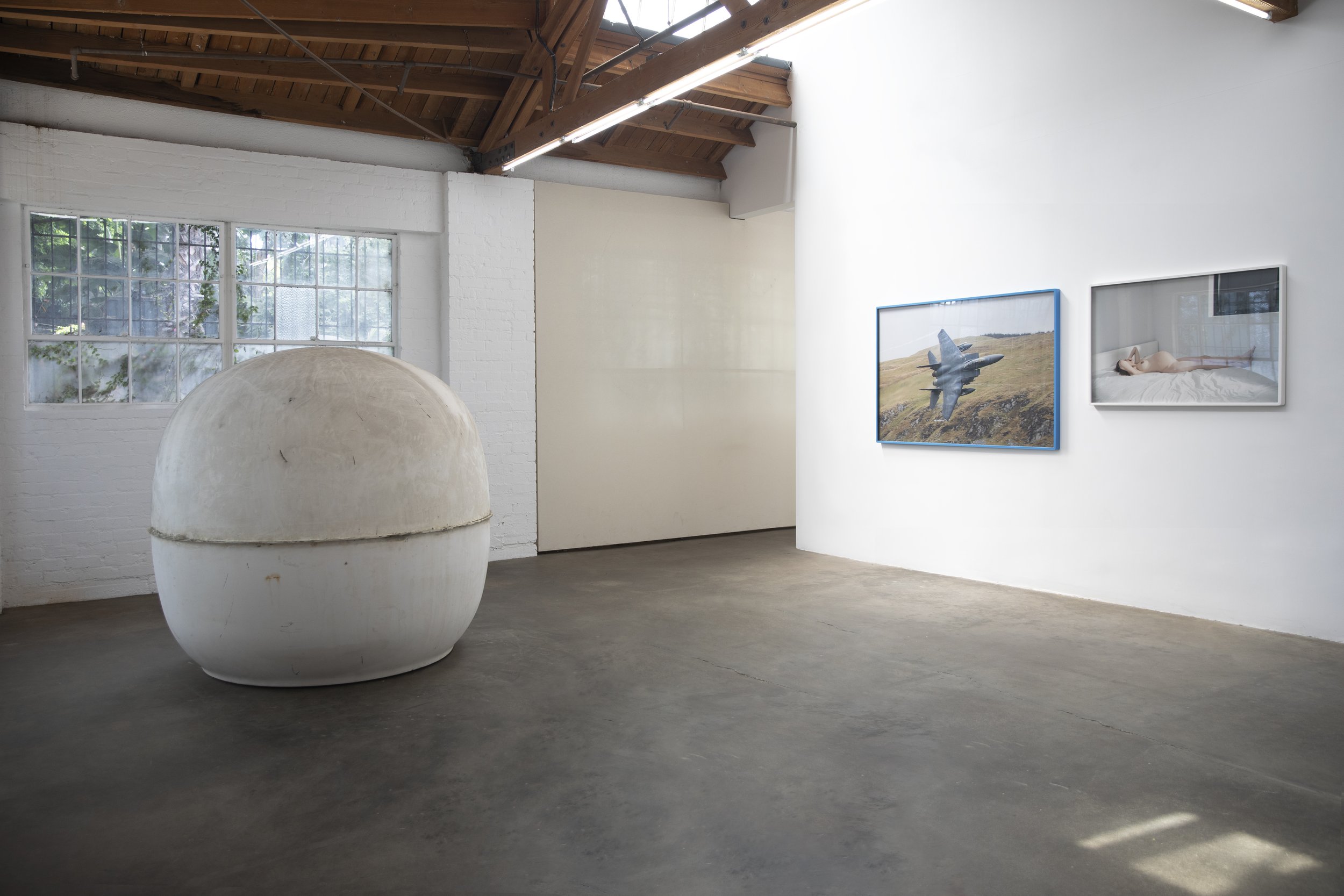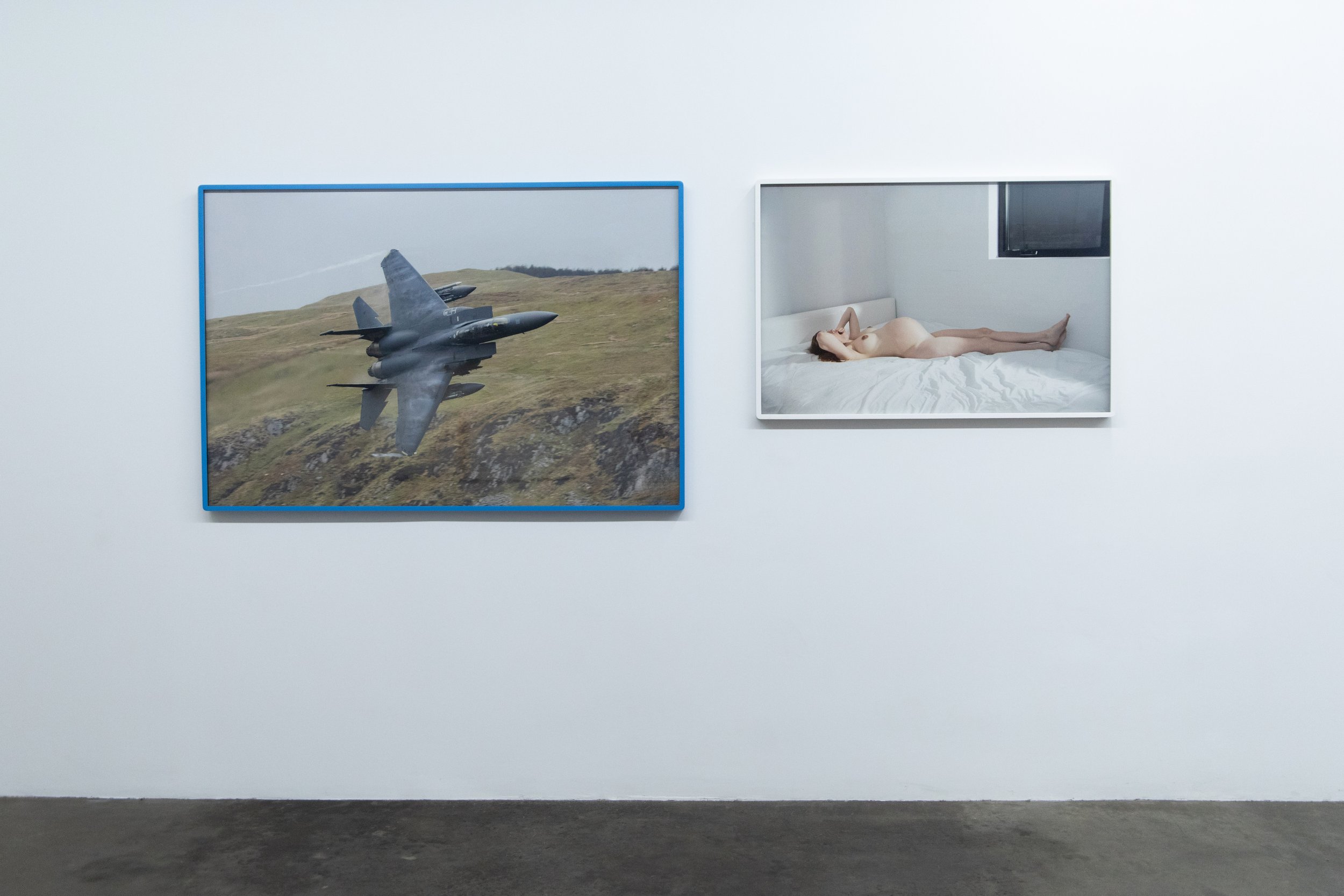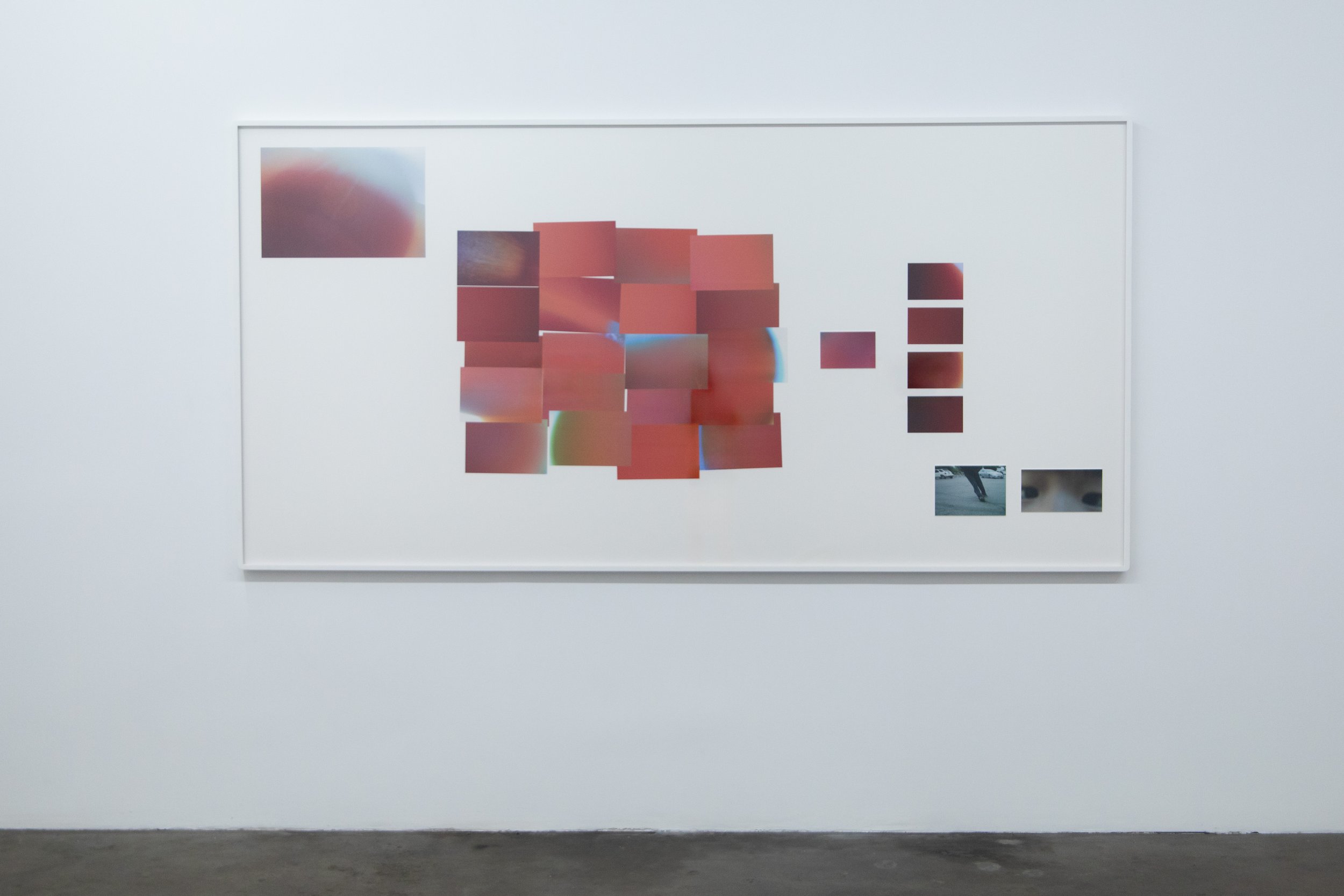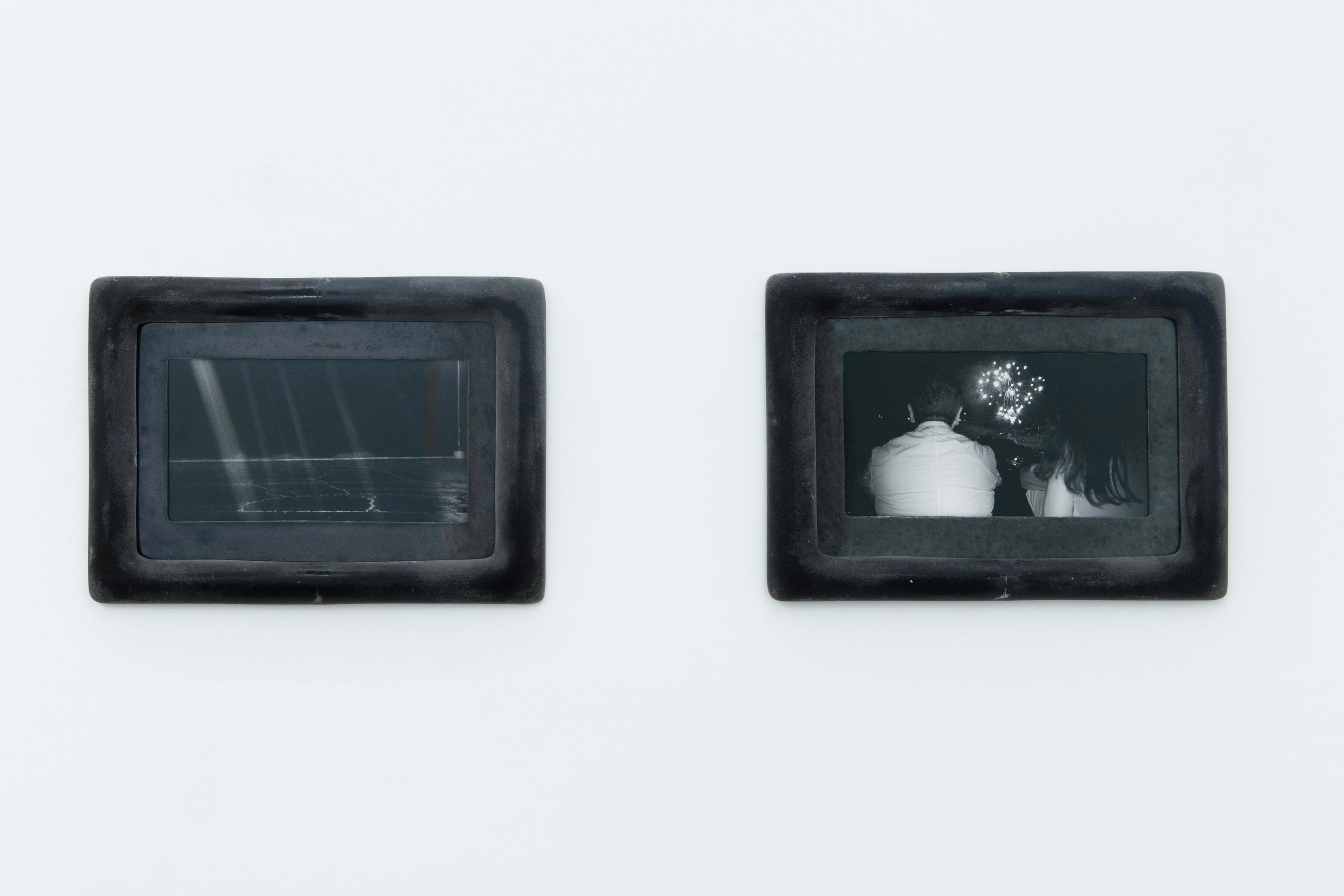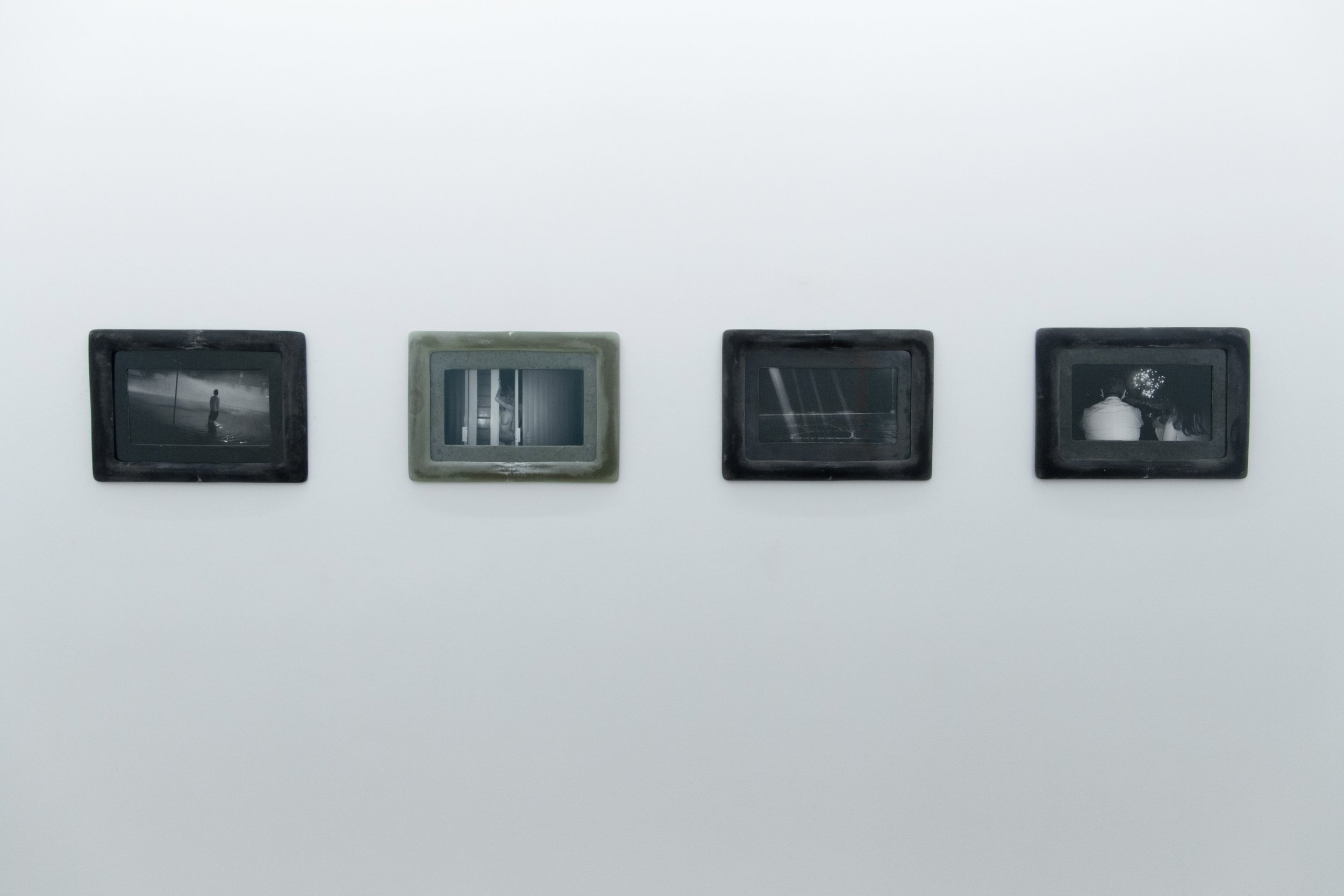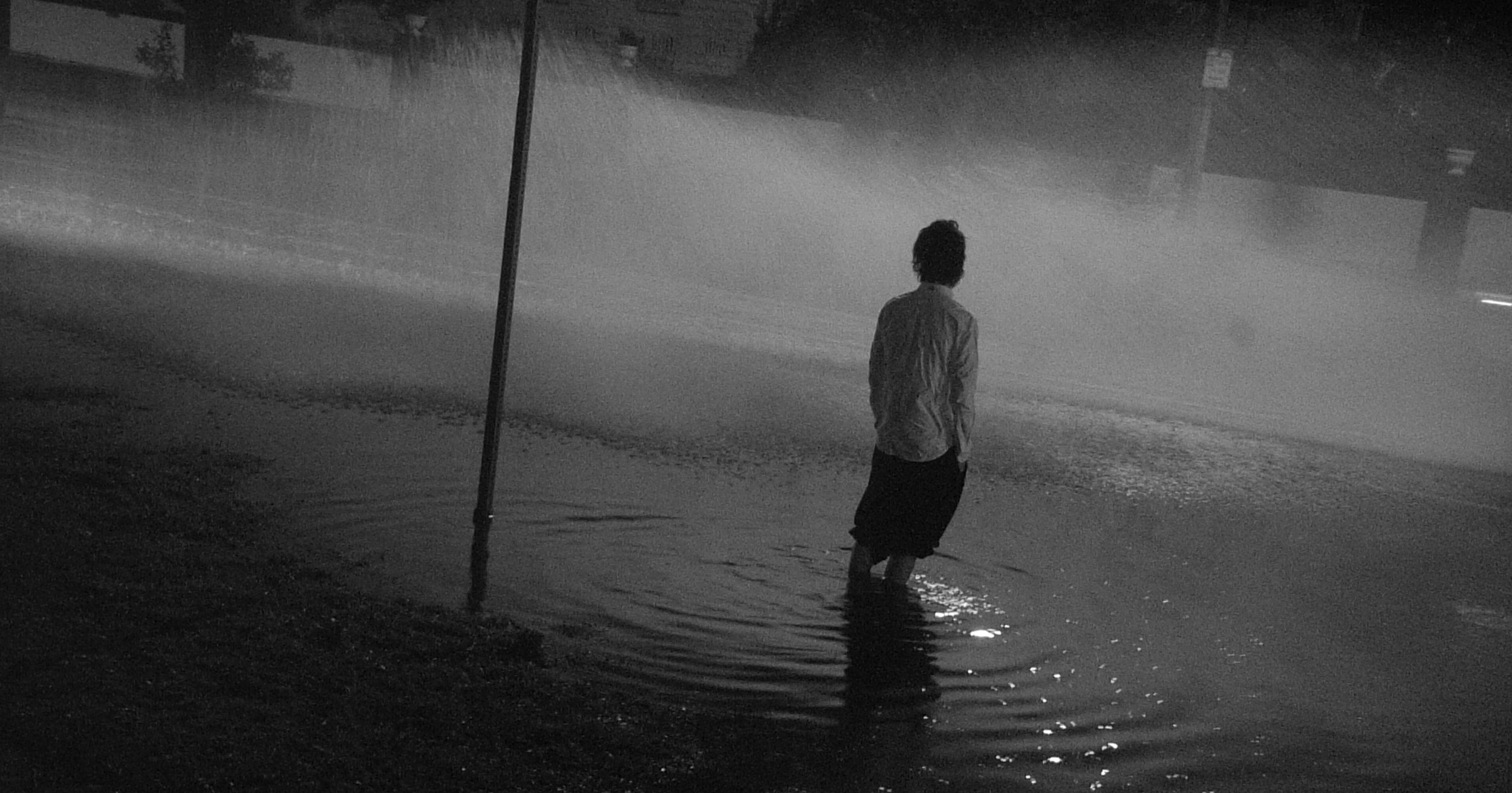In a city so often obsessed with permanence—ageless faces, endless summers, architecture designed to defy time—Mono no aware, Miya Ando’s luminous exhibition at Saint Laurent Rive Droite in Los Angeles, arrives like a soft exhale. Curated with elegant restraint by Anthony Vaccarello, the exhibition runs from April 8 through May 28, 2025, and offers visitors a meditative encounter with the ineffable: beauty that doesn’t last, and thus becomes more precious.
Ando, a Japanese-American artist based in New York, brings to Los Angeles a body of work that is both austere and poetic. Her materials—steel, redwood, washi paper, glass—are not chosen for comfort or ease. These are tough, elemental substances, but in her hands, they seem to sigh. Steel oxidizes. Wood is scorched. Silver nitrate glistens briefly before tarnishing into shadow. Every piece seems to exist in the act of becoming something else, caught in a slow dance between creation and decay.
It is this delicate tension—between the enduring and the fleeting, the seen and the sensed—that defines Mono no aware. The title, a Japanese philosophical term, loosely translates to “the pathos of things.” But it's not sorrow in the Western sense; it’s a tender, almost reverent awareness of the impermanence of all things. The falling cherry blossom, the shifting moonlight, the flicker of memory—Ando translates these moments not as loss but as sublime presence.
This exhibition is less a gallery show than a sensorial field. Ando’s paintings, with their subtle gradations and vaporous textures, resemble atmospheres more than images. One large piece—steel treated with silver nitrate—glows as if lit from within, a silver dusk caught in mid-fade. Stand before it long enough and you may find yourself breathing slower, drawn into its quietude. The light changes as you move. It is not just the painting that shimmers, but your own perception, altered.
Nearby, sculptures made of redwood anchor the space with a different kind of gravity. Ando uses the traditional Japanese shou-sugi-ban technique to char the surface of the wood, preserving it through fire. The result is a deep, inky black that isn’t void but presence. The carbonized surface absorbs light instead of reflecting it. Touch, were it allowed, would surely reveal unexpected warmth beneath the charcoal. These works feel ancient and future-facing at once—artifacts of a time out of time.
Silkscreen prints—subtler, perhaps quieter still—offer a more intimate scale, drawing viewers close. They echo the motifs of moonlight, fog, and celestial transience that recur throughout Ando’s work. There is a consistent language at play, not in symbols or icons, but in atmosphere. What binds the pieces together is not a narrative, but a rhythm, a kind of visual breath.
Ando’s training is as multidisciplinary as her art. With a background in East Asian calligraphy and metal patination, she bridges traditions with innovation. Her American upbringing meets her Japanese lineage in a hybrid that never feels forced. Instead, her work pulses with the complexity of in-between identities—cultural, material, temporal. The result is a deeply personal, spiritual vision, one that invites viewers not just to look, but to dwell in a different register of time.
Vaccarello’s curatorial touch is light but essential. The space at Saint Laurent Rive Droite—typically known for its sleek fashion displays and curated chaos—has been transformed into a vessel for contemplation. The works are given room to breathe, and the minimalist setting amplifies their quiet power. The collaboration between the house of Saint Laurent and Ando is more than aesthetic alignment—it’s an act of mutual recognition. Both traffic in forms of elegance that resist explanation, both seek out the sacred in style and silence.
It is tempting to categorize Mono no aware as environmental art or spiritual abstraction. But to do so would be to contain it too tightly. What Ando offers here isn’t doctrine—it’s sensation. It’s the way silver catches dusk. The scent of scorched wood. The hush that falls when you realize something beautiful is slipping away. And yet, Mono no aware does not mourn. It honors. In every oxidized panel, every blackened beam, every fading gradient, there is a kind of stillness that feels like acceptance. Not resignation, but reverence.
In a world constantly refreshing itself, where we swipe and scroll in pursuit of the next, the now, the new, Miya Ando’s work asks us to pause. To notice. To feel, just for a moment, the immensity of impermanence. And maybe, in doing so, to find a strange and fragile peace.




























